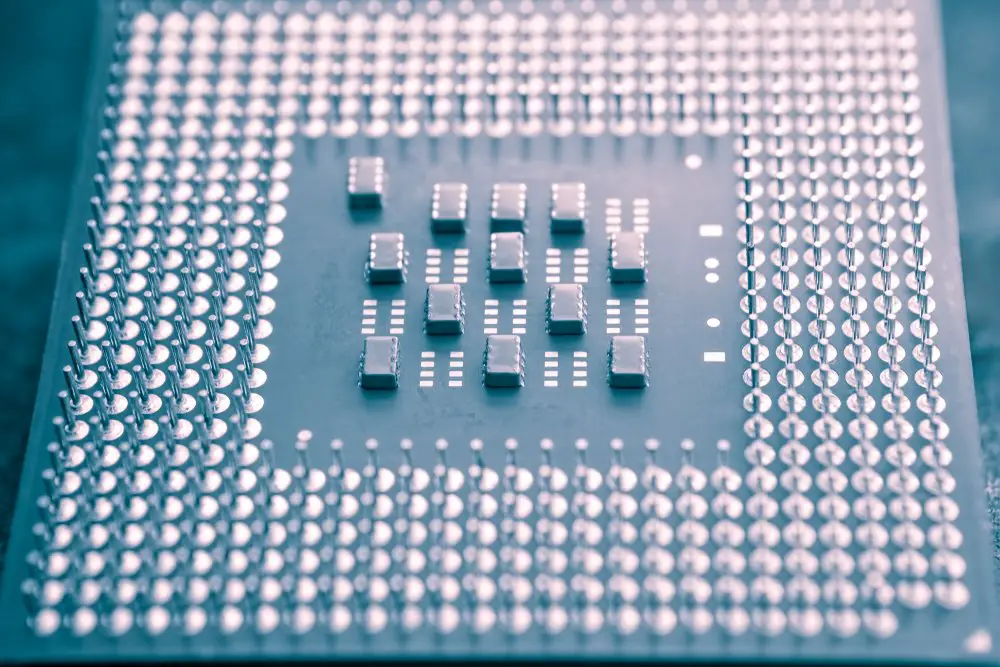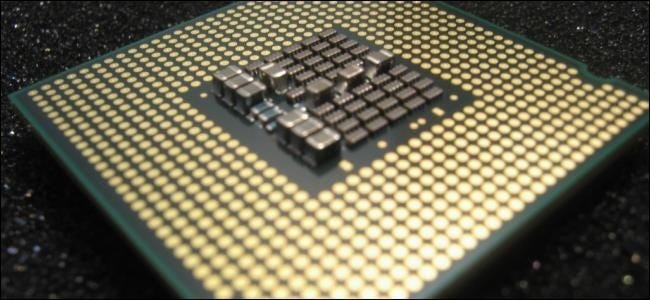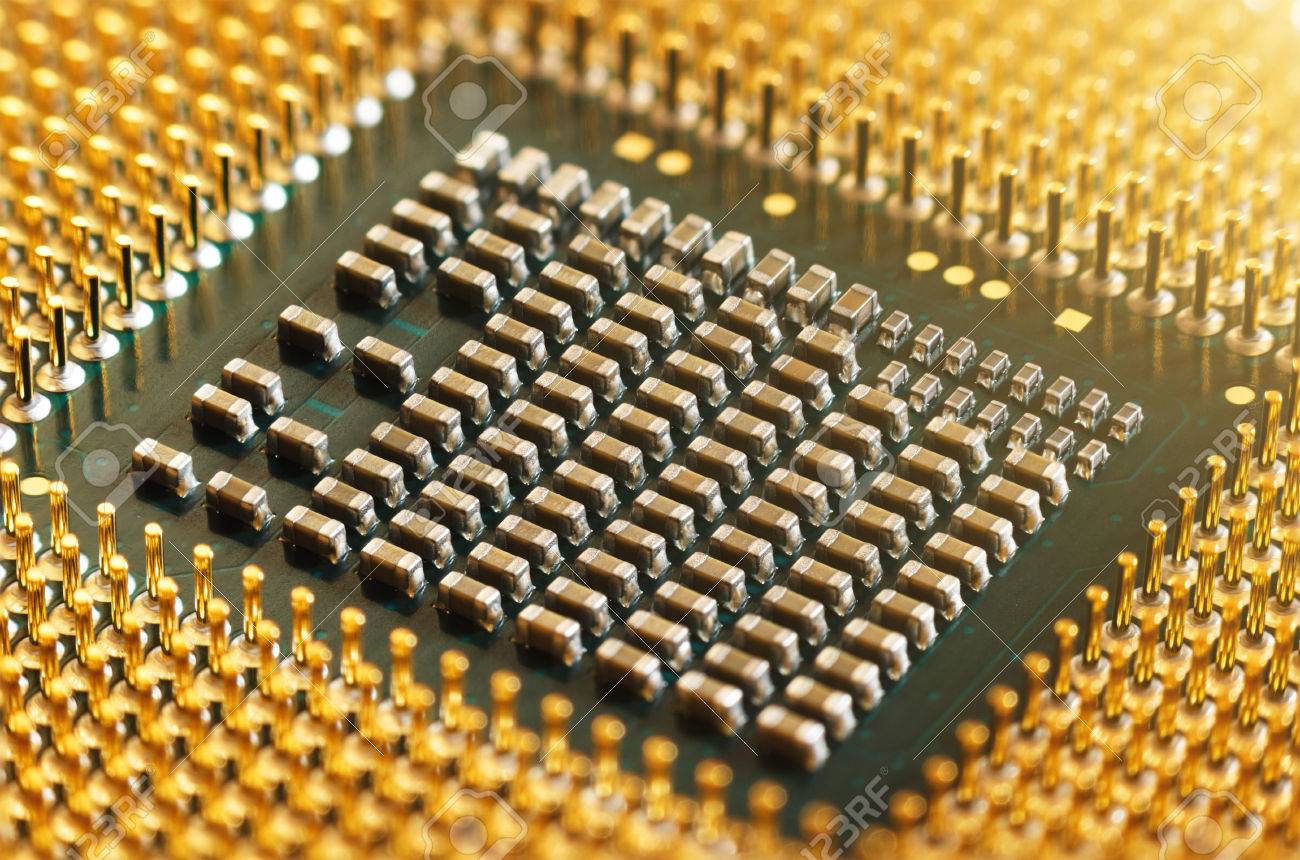If you want to learn what is a CPU thread and how does it work, we are going to give you a detailed guide on this subject.
In the past, choosing a processor was easy because looking at its speed was enough. However, now with the advancement of technology, CPUs in desktop computers and mobile devices integrate clock speeds, cores, and threads.
What is a CPU thread?
A thread within a processor is related to how each of the CPU cores will receive and process information. Each core can only perform one task at a time and even if a processor, for example, with eight cores has 16 threads, this behavior remains the same. Threads do not alter the behavior of the machine, as they are not built any other way.
However, threads play a fundamental role in the way this same information is processed. This technology is implemented in all current desktop CPUs. In Intel, it is called Hyper-Threading, and in AMD it is called Simultaneous MultiThreading (SMT), which is nothing more than the implementation of an extra virtual thread on top of each of the threads that feed their individual cores within these components.

How does a CPU thread work?
Now, these components simply feed instructions to the CPU in a cyclic manner on each of its clock turns. Each processor will have to resolve the instructions that are received through these channels and, finally, they will be resolved under the priority that is assigned to it programmatically.
You can understand threads as the way you eat. On a processor without multithreading, it’s like eating with one hand. You can’t eat more than one thing at a time because you don’t have more than one mouth; but if you involve your other hand, then you can eat faster because you are able to split the work of provisioning with two hands instead of one. Clock speeds, as well as the number of cores in modern CPUs, are sufficient to process instructions very quickly, so threads can often be a constraint to the performance they can deliver despite having very high clock speeds.
What are virtual threads?
Virtual threads are software aids that allow threads to move information much more efficiently to each of the cores, where they will be managed in a cyclic and staggered manner, but with a much more optimal speed according to their frequency capabilities. That is why, in the case of Intel, its work in single-core is much more relevant than in multi-core, because its power work, with respect to the central unit, is more limited than that of AMD, which has focused on taking advantage of its transistor density (currently at 7nm) to also facilitate the number of instructions it can send through its threads, without having to raise both its clock speed and its voltage consumption, as in the new Ryzen 5000 series.
Adding more cores to a CPU is the easiest way to always solve the performance gap, but this also implies much higher costs. Obviously, the more expensive ones, such as the Ryzen 9 and Core i9, have the most cores, and the cheaper ones, such as the Core i3 and Ryzen 3, have the fewest.

However, the gap may close a bit with the addition of virtual threads. Thus, even if they do not have a higher number of cores, they will be able to get a little closer to performance in tasks that are not so demanding, which will generally be those performed by an average user. They also allow developers to make their software playable on more systems despite concentrating a heavier load on multi-core work.





